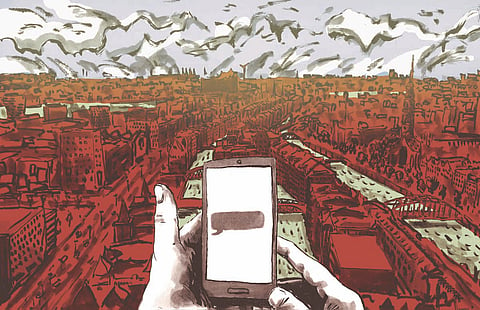The global news cycle has been inundated with stories of refugees arriving on the shores of Europe in recent years, with the words 'refugees' and 'crisis' entwined almost symbiotically. What is less explored, however, are the stories that lie behind the headlines. In series of longform reports by writer Taran N Khan – 'The Making of a Refugee' – we take a deep dive into the lives of artists, writers, musicians and other Afghan refugees and migrants living in Germany.
Here are stories of individuals making new lives, the lives they have left behind, the process of turning into a refugee, and the larger canvas of conflict, migration, politics and populism. Reported from Hamburg, this eight-part series captures diverse Afghan voices – of filmmakers, rappers, poets and singers – who have arrived there over a span of 40 years – and maps "the textures of the everyday of the refugee lives".

